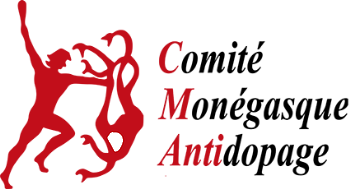In ancient Greek the word Monoikos means « the one who lives alone ». From the few relations that came to us from Greek and Roman antiquity, this word was the epithet of Heracles, son of Zeus and Alcmene, designed to help men and gods.
If Roman mythology welcomed him in his pantheon under the name of Hercules Monoecus, it is from this name that Monaco derives its origin. In fact, there is evidence of the few testimonies of Antiquity that have come down to us, and in particular those of Pliny the Elder in the third book of his Natural History and Tacitus in the third book of his Histories which quote the « portum Herculis Monoecus », now called Port Hercules, place, according to Servius, commentator of Virgil, where »Hercules had excluded everyone and lived there alone ».
Among all the feats accomplished by this hero in Greek mythology, prominent are the tasks named « The Twelve Labors of Heracles » that the mythical hero Heracles was told to complete by King Eurystheus, king of Tiryns, Mycenae and Midea in Argolis.
The second of his labors was to kill the Hydra of Lerna, a gigantic water-serpent with nine heads, which, however, when cut off, two more grew in its place. The monster also had one immortal head that was in the middle.
Thus, the double recognition that Monaco was indissolubly linked to Hercules and that doping is, like hydra, a difficult – but not impossible – evil to fight and to overcome, the Monegasque Anti-Doping Committee wanted to make it a logo, particularly inspired by his drawing of a Roman mosaic of the third century and by an anonymous bronze mosaic of the mid-sixteenth century.
The logo was made from a project by Mickael Mary.



